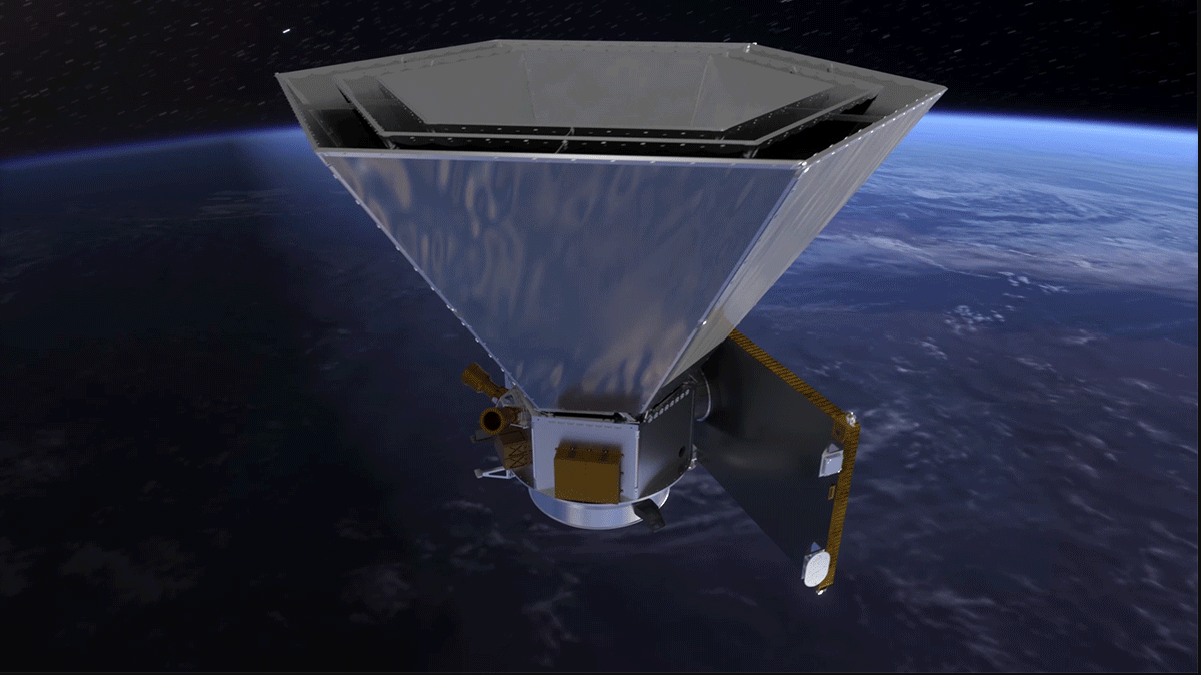Nasa building vastly expensive new space telescope to unlock the mysteries of the Big Bang
The spacecraft will attempt to shed more light on the expansion of the universe after the Big Bang

Nasa is bringing its latest space telescope one step closer to launch, the agency announced yesterday.
The Spectro-Photometer for the History of the Universe, Epoch of Reionization and Ices Explorer (SPHEREx), has three main goals: its first is to look for evidence of the Big Bang and map the resulting pattern of galaxies that came from the expansion, which could give physicists more information about the formation of our universe.
Its second aim is to study faint glows left by all the galaxies in the universe in order to understand how said galaxies were formed.
Its final aim, and arguably the most important, of the spacecraft is to look for water ice and frozen organic molecules, which could help scientists better understand how often life sustaining materials form in other bodies, and therefore give a better idea of where alien life could develop.
SPHEREx is set to launch between June 2024 and April 2025, before setting off on its two year-long mission.
During that time, it will map the entire sky four times using spectroscopy – breaking near-infrared light into individual wavelengths – to detect not just what a material looks like but what it is made of.
This is because chemical elements absorb and radiate wavelengths of light differently; it is the same technique used to detect the $10 quintillion asteroid.
The map built from SPHEREx’s information will also be able to estimate an object’s distance from the Earth, meaning that it will be three-dimensional. "That's like going from black-and-white images to color; it's like going from Kansas to Oz," said Allen Farrington, the SPHEREx project manager at Nasa’s Jet Propulsion Laboratory.
The SPHEREx team will spend 29 months building the mission components before entering the next mission phase, when Nasa will test and launch them.

The cost of the spacecraft altogether will be nearly $250 million, according to estimates made when the mission was announced in 2019.
The mission would “expand the United States’ powerful fleet of space-based missions dedicated to uncovering the mysteries of the universe, it is a critical part of a balanced science program that includes missions of various sizes”, Nasa Administrator Jim Bridenstine said at the time.
Join our commenting forum
Join thought-provoking conversations, follow other Independent readers and see their replies
Comments


Bookmark popover
Removed from bookmarks